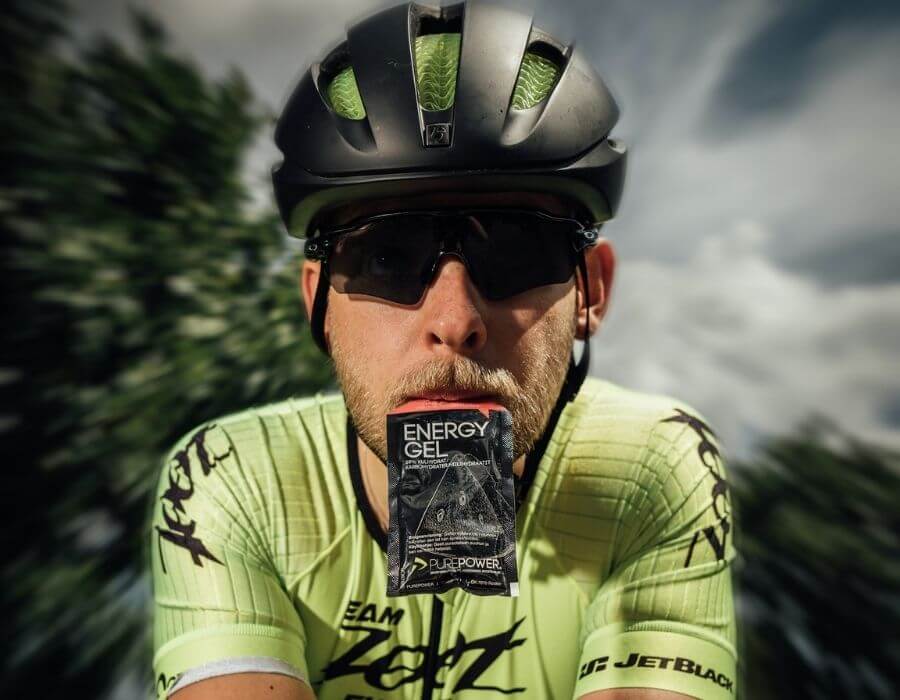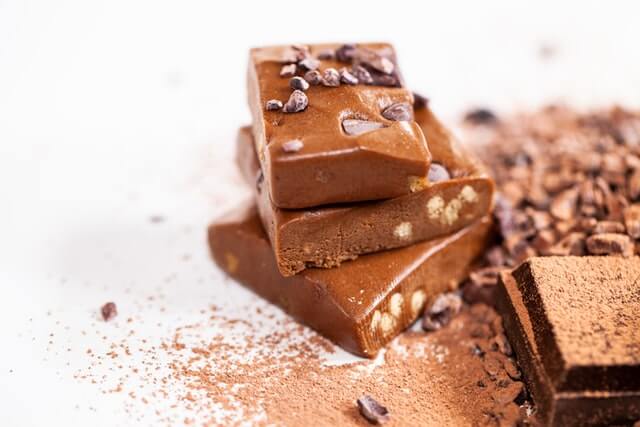Bars and gels are the two most consumed energy supplements by cyclists. Both are ingested quickly and offer an extra energy contribution during training or career. But, when choosing, which of the two formats is better? Is there any definitive argument that helps us opt for energy bars or gels when filling the jersey pockets when we go by bicycle?
The debate between gels supporters and the defenders of the bars is still very alive among cyclists and ends up generating many doubts about which one is most appropriate. If you are interested in making the most of the benefits of these supplements, here we explain what is better in each case, if the bars or gels.
Gels: Advantages, inconveniences and when to take them
Gels created for cycling contain a valuable contribution in carbohydrates (between 20 grams and 30 grams per unit) in semi -filled format. Its composition is mainly based on glucose, maltodextrin and fructose. According to the coach and sports nutrition expert Chema Arguedas The first two ingredients are assimilated faster by the agency, while the second generates energy more sustained.
Thus, it will be convenient that before acquiring the product you examine in the gel container its composition. A gel with more glucose will be recommended to face specific, more explosive efforts. While one with more fructose can be taken better for more sustained routes or training.
[Captation id = "Attachment_6820" Align = "Alignnone" Width = "900"]

A cyclist taking an energy gel (Malik Skydsgaard - Unsplash)[/caption]
Advantages of gels
Next we cite three of the main advantages offered by gels against the bars to opt for this supplementation format when we go by bicycle:
Generate energy faster
Its composition and texture make their intake, digestion and assimilation quickly by the organism. The energy contribution since it is ingested is faster.
A comfortable and fast format to take
Taking gels can be more practical than a bar in times of maximum effort, or when it is roll in tension inside a platoon.
They contain stimulating ingredients
Some gels for cyclists offered in the market may also contain basic stimulants, such as caffeine or Guaraná, with extra energy contributions. Also amino acids and vitamins, basic for muscle recovery and delay the appearance of fatigue.
Disadvantages of Gels
When listing the disadvantages offered by gels as a career supplement against the bars, their detractors usually highlight the following inconveniences:
Its effect lasts less time
Gels hydrates are assimilated faster by our body, but they are also exhausted in less time. Hence, they should be used to obtain energy for explosive efforts of short duration: up a hard and short port, a succession of repeches or a sprint.
They can generate intolerances
There are many cyclists who do not tolerate gels and cause indigestions. Or, directly, no effect. This may be due to concrete intolerance, the least numerous cases, or not to take them when it is due. Gels intake requires taking a habit during several routes or training. It is not convenient to take them for the first time on key days such as marches or careers, because your body will not be accustomed to it and its effect can be void or generate a digestive problem.
Bars: advantages, inconveniences and when to take them
Unlike gels, energy bars have solid format, so it will be necessary to chew them before they go to your stomach. Hence both its intake and digestion is slower, as well as its assimilation by the organism.
Generally, the bars are made of cereals, inflated rice, sugar, dehydrated fruit or cocoa. All of them foods rich in carbohydrates.
We recommend using the bars indicated for the practice of high intensity sport that are sold in bicycle or sports nutrition stores. Not the generic ones that usually sell in supermarkets. The contribution of carbohydrates of the latter will always be below what is recommended per hour of effort, which are 30 grams.
[Captation Id = "Attachment_6819" Align = "Alignnone" Width = "640"]

Protein bar (Nature Zen - UNSPLASH)[/caption]
Advantages of energy bars
These are the main advantages offered by the bars as a sports supplementation format when we go by bicycle:
Sustained energy contribution
Having solid format, your digestion will take longer and, therefore, your assimilation will be somewhat slower than gel. The bar is recommended for longer and less explosive outputs or training. His energy contribution lasts more and is more sustained over time.
Better flavor
Being formed of a wide variety of solid food (cereals, fruit, chocolate) its flavor is more attractive and usually generates less intolerances than gels.
Disadvantages of energy bars
The detractors of the energy bars highlight the following disadvantages they offer in front of the gels:
More uncomfortable intake
Eating bars in the middle of a platoon or during a very steep climb is more uncomfortable and can even be dangerous. Especially since it will need to use one of the hands to eat them, instead of having it grabbing the handlebars. Better to take them in flat sections or when it is roll at a quieter pace.
Take longer to take effect
Being a solid food, energy will take longer to be processed by the body and then reach muscles and joints. That is why it is advisable to ingest the first one hour before starting training, to notice its benefits at the right time.
In general, it is recommended to take an energy gel or bar for each hour of training or route, accompanied by water.
Conclusion: Better gels or bars?
In a matter of energy contribution there is no difference between gel or a bar. The amount of rapid carbohydrates as assimilation is equal or similar. The differences between one or the other will be given by the mode of intake and the slow or fast assimilation of their nutrients.
Hence the gel is more recommended for greater intensity. Or for moments when it is more complicated to supply, such as inside a platoon or during a rise or descent.
Instead, we recommend taking bars for great background or more sustained rhythm routes. Your nutrient contribution will take longer to disappear. And they can also be taken more easily in this type of routes.
However, most sports nutrition experts advise to combine them in the same training session to take advantage of all their benefits and nuances. You can, for example, start by taking a bar just before training and continue with a gel when the most complicated sections of the route arrive. Or just before making a series. Everything will depend on your needs, cycling mode practiced or type of route.
 A cyclist taking an energy gel (Malik Skydsgaard - Unsplash)[/caption]
A cyclist taking an energy gel (Malik Skydsgaard - Unsplash)[/caption]
 Protein bar (Nature Zen - UNSPLASH)[/caption]
Protein bar (Nature Zen - UNSPLASH)[/caption]












